Updates
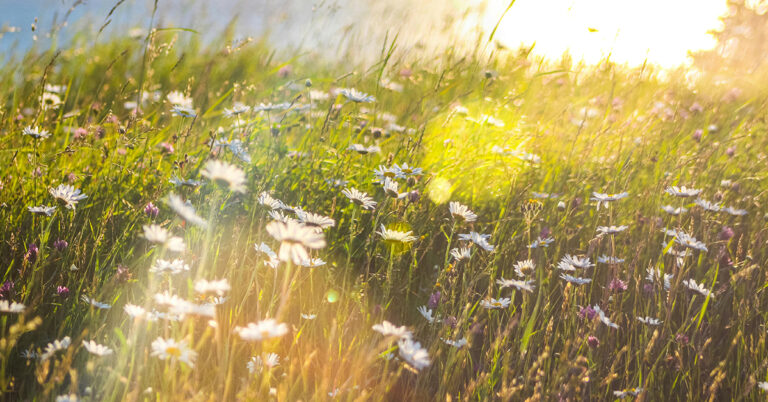
Go wild or tidy up?
A tidy garden might soothe the mind but for wildlife, it’s chaos that counts. Beneath brambles and leaf litter lies a thriving ecosystem, sheltering dormice, hedgehogs, birds, and bees.
Discover how native scrub protects young oaks, nourishes soil, and offers vital habitat for endangered species. Read more to explore how a little wildness can make a big difference.
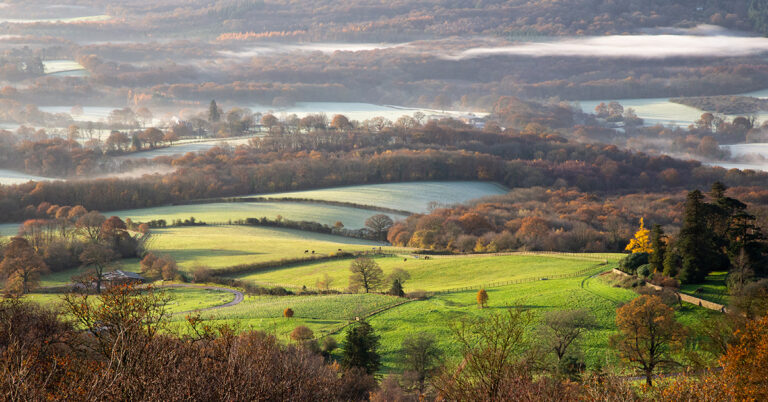
Responding to Surrey Hills National Landscape Review
The last review of the Surrey Hills Area of Outstanding Natural Beauty was in 1958 so members knew the consultation was a once in a lifetime opportunity to contribute to its shape. Our efforts bore fruit with Waggoners Wells, Ludshott Common and more sections along Bunch Lane now included for community assessment. Read more in our article; aimed at raising awareness among local residents.

Circadian Rhythms and Artificial Light
Read more about the contribution artificial light makes to mental health decline and the effects on the abilities of local wildlife to reproduce, feed and to navigate their territories.
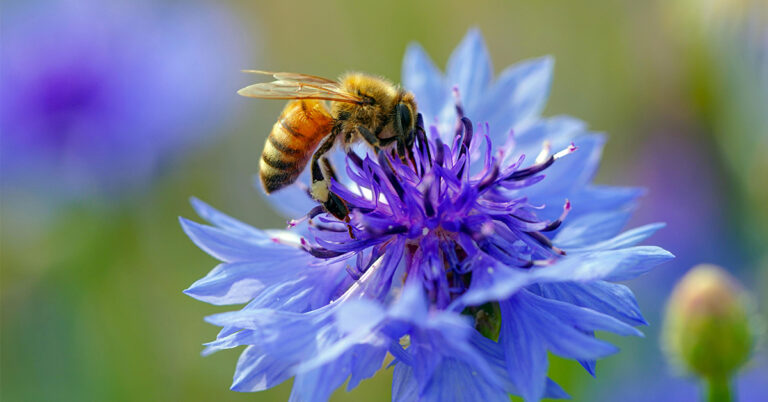
Creating a Paradise for Pollinators
Primary pollinator commuting routes over the UK and Europe are mapped and our area has B-lines going right across it. In collaboration with national conservation charity Buglife, the National Trust and Haslemere Town Council, we launched a wildflower project in Beacon Hill to enrich one of the routes that will allow pollinators to reach more habitats. Read more on this fascinating initiative.
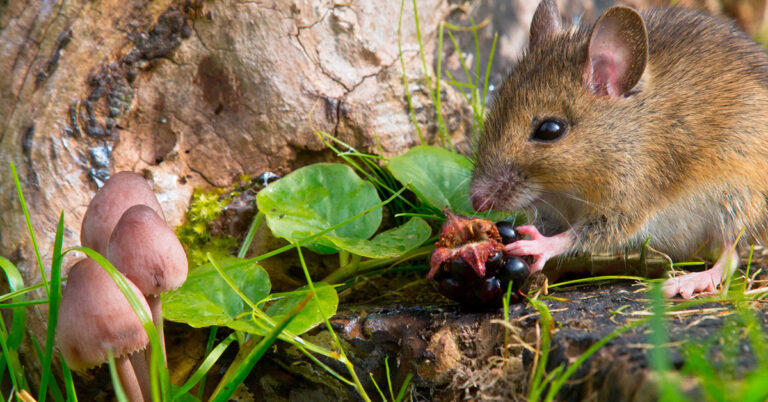
Acclaim for Local Biodiversity Initiatives
When local resident Matt Mallinder discovered the quiet work Haslemere Biodiversity had been doing on his doorstep, he was inspired to write about it for esteemed countryside campaigners CPRE Surrey. Access the full article here.
Creating a nature conservation wildflower verge in Beacon Hill
Haslemere Town Council have proved key partners in securing funding for initiatives and planning for biodiversity conservation in public spaces. Their support was crucial in getting our first wildflower restoration project underway, in collaboration with partners, Buglife UK and the National Trust. Read more on their role here.
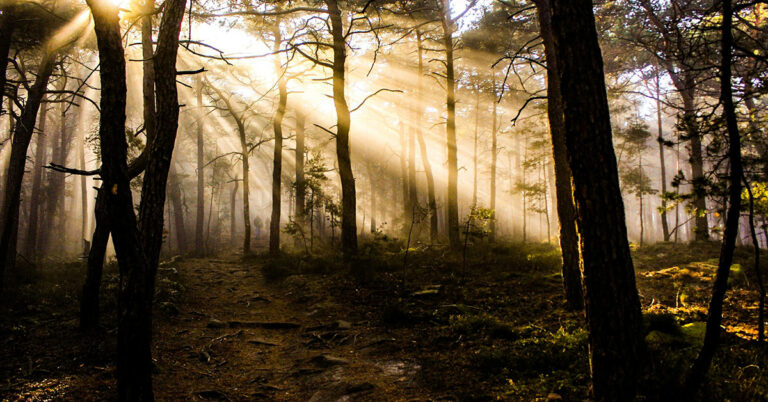
Seeing the Heath from the Trees
There are two internationally significant Special Protection Areas here; the heathlands of Ludshott Common and the Punchbowl, which have been split apart by civilisation. Find out more about our work with several organisations to build support for a heathland corridor to connect the two areas better for the wildlife that make their homes there.
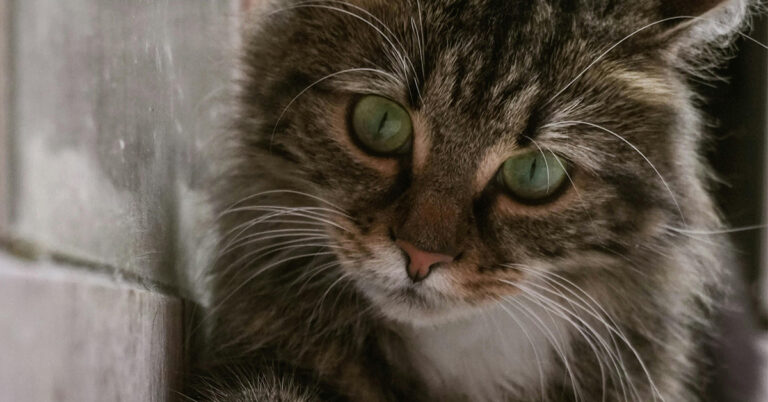
Look What the Cat Dragged In
Dormice are one of many critically endangered species that have found refuge in the area. They are also nocturnal, perilously shy, well camouflaged, tree dwellers, which makes them difficult to monitor… unless you’re a cat. Read more on the value to conservation of checking any feline offerings and reporting any that do, sadly, turn out to be dormice.

Haslemere’s Insect Superhighway
Being at a cross roads of an insect superhighway might not sound like great news (!) but consider that as well as being pollinators, insects are a core food source for many species including bats and birds. If their numbers drop, so too do all wildlife numbers. Their wildflower meadow habitats have all but disappeared, so national charity Buglife have identified the most important routes across the UK and Europe to focus wildflower restoration on to support insect life and allow it to travel. Every wildlife garden on the route helps!
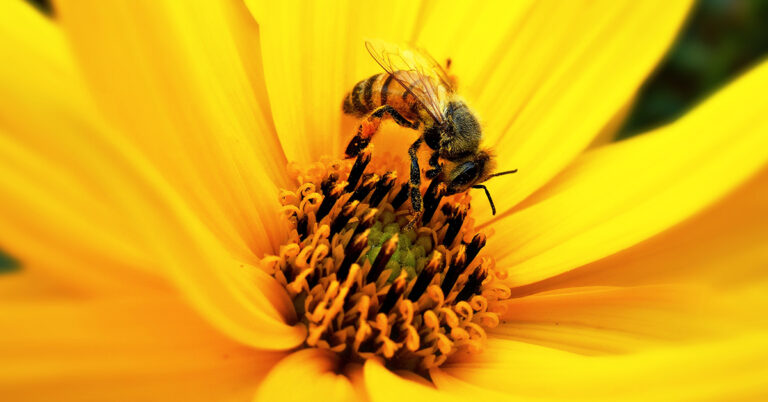
Introducing Haslemere Biodiversity
Read about why Haslemere Biodiversity was formed and what we were hoping to achieve.
Search
Haslemere Biodiversity Diary
An annual gathering of representatives of hundreds of climate related action groups, together with members of the public, to hear...